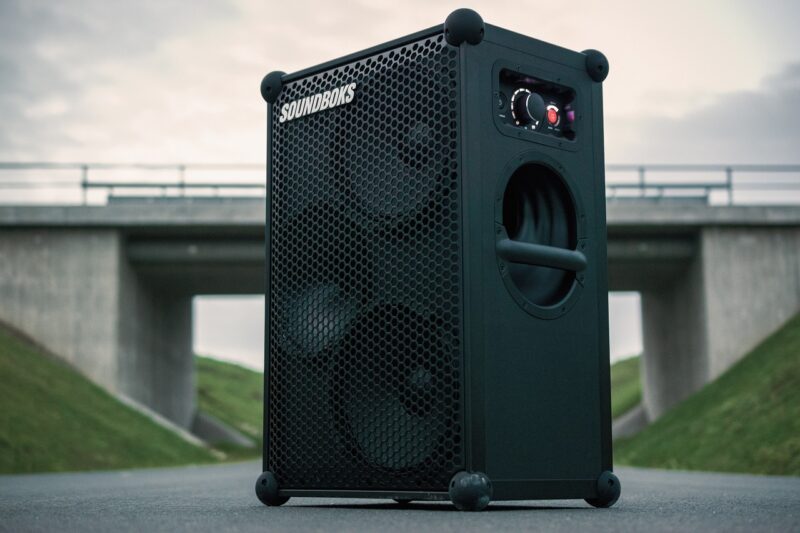How to Pick the Perfect Speaker System for an Authentic Live Sound Experience
November 13, 2024

Choosing the right speaker system is pivotal for anyone who seeks to recreate the genuine ambiance of a live music experience. Whether you’re hosting a party, running a small venue, or just enjoying music at home, the quality of your sound equipment can either elevate your listening experience or diminish it completely. This guide will help you navigate the intricacies of selecting the perfect speaker system.
1. Understanding Your Needs
Before diving into technical specifications, it’s crucial to define your primary use case. Are you looking for speakers for home use, outdoor events, music production, or theatrical performances? Knowing your primary application can significantly narrow down your options.
– Home Listening: You might favor quality over volume, focusing on clarity and bass response.
– Parties or Events: Portability and power become essential; you may need speakers that can fill larger spaces.
– Professional Use: You’ll want a system with high fidelity and durability for prolonged use.
With these needs established, let’s explore the critical components of a speaker system.
2. Key Components of a Speaker System
A speaker system consists of multiple elements, and understanding each one will help you make informed choices.
– Speaker Type:
– Active Speakers: These have built-in amplifiers, making them easy to set up but potentially heavier and more costly.
– Passive Speakers: These require an external amplifier, offering flexibility in setup and expansion.
– Speaker Size: Larger speakers generally produce better bass and volume, but they also require more space and power.
– Number of Channels: For most home setups, stereo (2-channel) is sufficient. Sound systems for larger venues often utilize multi-channel configurations (5.1, 7.1, etc.) for a comprehensive sound experience.
– Power Output: Measured in watts, higher power ratings indicate how loud the speakers can go without sound distortion. Look for speakers that can handle your environment’s volume requirements.
– Frequency Response: This indicates the range of frequencies the speaker can reproduce, typically ranging from 20Hz to 20kHz. A wider frequency response will deliver a more accurate and richer sound.
3. Assessing Sound Quality
Sound quality can often be subjective, but there are several metrics to measure it consistently:
– Clarity: Listen for how well you can distinguish different instruments and vocals. High-quality speakers should reproduce sound without muddiness.
– Tip: Test with a variety of music genres to assess performance.
– Bass Performance: Evaluate how well the speaker handles low frequencies without distorting.
– Tip: A subwoofer can complement standard speakers for richer bass.
– Soundstage: This refers to the perceived spatial relationships between sounds. High-quality systems will allow you to “place” sounds within a three-dimensional space.
– Dynamic Range: This measures the difference between the quietest and loudest sounds a system can produce. A broader dynamic range offers a more realistic listening experience.
4. Brand and Model Consideration
Recognizing trusted audio brands can streamline your choices. Companies like Bose, JBL, Yamaha, and Klipsch each have a solid reputation for producing quality speakers that cater to different budgets and use cases. Look into reviews, ratings, and expert opinions on specific models to understand their strengths and weaknesses.
– Budgeting: Determine how much you’re willing to spend. Generally, investing more can lead to better quality; however, there are often excellent budget options available that deliver good performance for home use.
– Warranties and Customer Support: Ensure any system you consider comes with a solid warranty and customer support channel. This can provide peace of mind on your investment.
5. Setting Up the System for Optimal Performance
Once you’ve selected your speaker system, the next significant step is installation. Proper placement is key to achieving the best sound. Consider the following:
– Positioning: Speakers should generally be at ear level when seated to deliver the best sound quality.
– Tip: Use stands if needed, especially for bookshelf speakers.
– Spacing: Avoid placing speakers too close to walls, as this can negatively impact sound clarity and bass.
– Room Acoustics: Be aware of how the shape and material of your room can alter sound. Soft furnishings like carpets and curtains can absorb sound, while hard surfaces can cause echoes.
6. Testing and Calibration
After setup, run sound tests to gauge performance:
– Play a variety of tracks to cover different genres and audio spectrums.
– Use a sound meter app to measure decibel levels and ensure optimized placement.
– Adjust the equalizer settings on your amp or receiver for a tailored experience according to your taste.
Taking time to balance and tune your system may require some patience, but being mindful of these factors will help you achieve that perfectly authentic live sound experience you desire.
Conclusion
Finding the perfect speaker system for an authentic live sound experience demands thoughtful consideration of multiple aspects, from understanding your specific needs to thorough testing and calibration. Prioritize sound quality, brand reliability, and proper installation to ensure you immerse yourself fully in your favorite tunes. With just the right setup, your space can transform into a livelier venue where every note rings true, delivering that soulful, concert-like feeling.
By following the guidelines in this article, you’re well on your way to creating a mini concert experience at the comfort of your own space.







